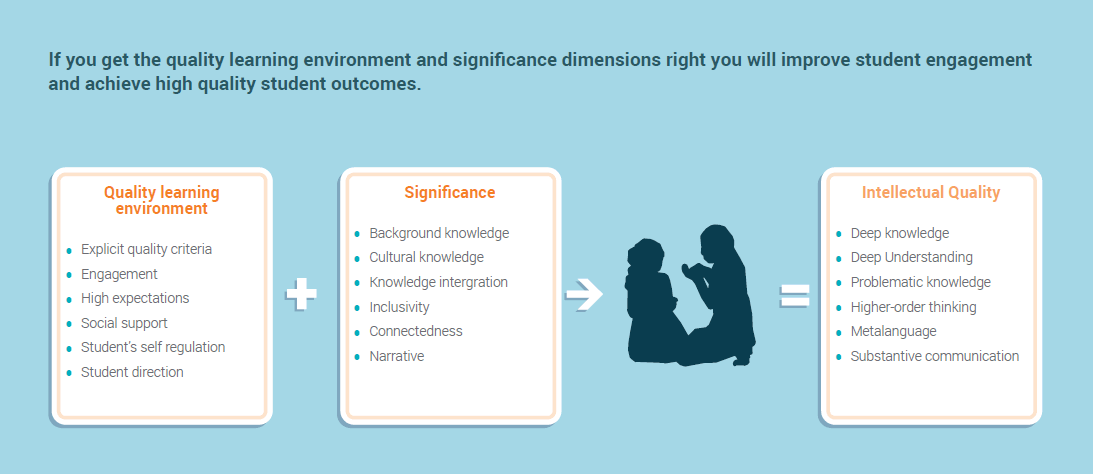Primary Interventions
Every school puts in place systems and strategies to manage and moderate undesirable behaviour and to support positive behaviour, school-wide. This is how any school establishes the environment that is most conducive to achieving the best possible learning outcomes for their students. These systems apply for all students, all staff and in all settings. Consistency is essential in and out of the classroom, and from teacher to teacher.
In practice, every school needs to put in place the support strategies that work for them to define the ways teachers encourage positive behaviours and discourage problem behaviours, as well as the school rules and the consequences of breaking them.
For the majority of students these structures, consistently applied, provide all the framework that is required for them to be actively and fully engaged in learning. But they are just as important too for students with special needs and those with challenging behaviours. It is these whole of school support strategies that establish the solid base upon which group and individualised support strategies can be built for those who need more support to be successful.

Getting this right across the whole school may involve:
- Professional development and training for teachers and support staff.
- Adopting a co-ordinated team approach.
- Introducing specific classroom management strategies school-wide (e.g. classroom contracts, routines for beginning new lessons, certificates, reward charts, anger management cards, lunchtime rules posters etc.).
- Developing student profiles and learning profiles.
- Monitoring behaviours and sharing observations.
- Planning and agreeing specific intervention strategies.
You already have the building blocks for success. Remember your Quality Teaching Framework
Toolkit
The Disability Discrimination Act (1992).
Act relates to discrimination on the ground of disability. Essential reading for every teacher.
Developed by ESES Sydney Region. A presentation walk-through on the how, when, where and why of developing student profiles.
Examples of Scatterplot Diagrams
A great site for mainstream and special education teachers. Good templates of data collection tools, behaviour support plans and assessment tools.
Straight forward template for gathering behavioural data, looking at triggers, behaviours and consequences.

